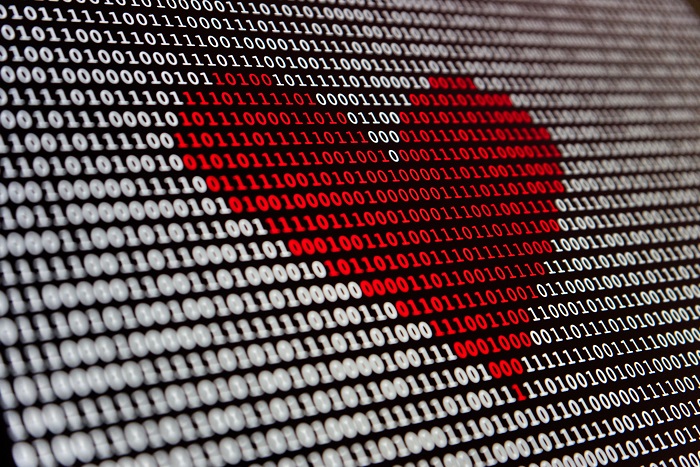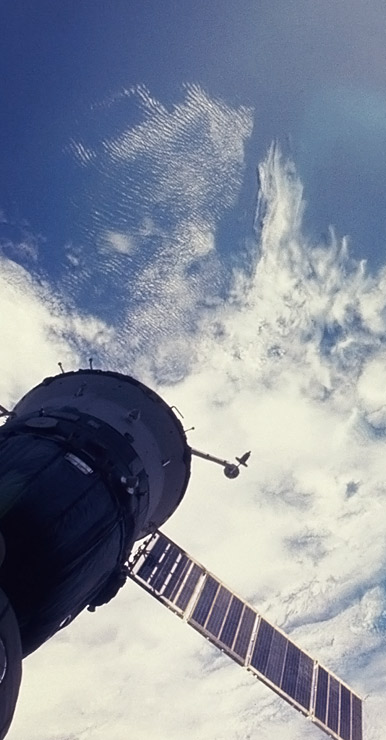Photos, videos, text… every human holds vast amounts of data. Are they backed up properly? Do copies exist? Are they securely protected against cybercrime? Is the GDPR being complied with? All these questions also apply to the backup of corporate digital data and more particularly to CLS, whose raw material and end-products depend on such data. CLS thus holds the digital health record of our planet. The company archives and secures its data on a daily basis. We met with Philippe Roques, Director of Digital and Operations, who tells us a little more about the systems in place at CLS.
When talking about backing up data, what types of data do we mean?
 For more than 30 years, CLS has been taking the pulse of the planet for the international community.
For more than 30 years, CLS has been taking the pulse of the planet for the international community.
What that means in practice is that CLS collects a vast array of environmental parameters such as sea and ocean levels, the speed of ocean currents, wave heights, the location of a penguin, ocean color, carbon dioxide concentration, pollution, and changes in vegetation. Several hundred biological, physical and behavioral parameters are thus acquired and delivered to our clients, whether they are scientists, biologists, oceanographers, climatologists or land and maritime planners.
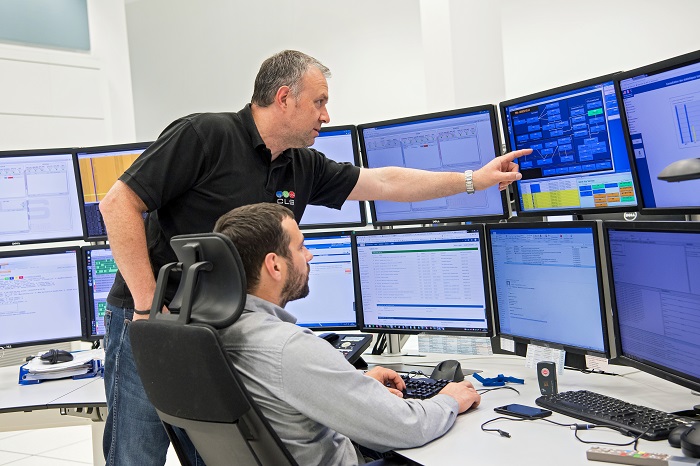
We monitor economic activities on behalf of governments, multi-state organizations and private stakeholders (global maritime traffic, fishing activities, civil engineering, agriculture, humanitarian aid, or even mining and oil exploration). From space, we also observe and monitor land use and exploitation of resources.
We collect all this data from space (satellites) or from the air (drones or aircraft).
We use data from nearly 15 series of satellites. That’s about 130 satellites in all. We rely on 4 main families of systems:
- Location and data-collection satellites (Argos, GPS, Galileo, Iridium, etc.).
- Earth-observation satellites (Jason, Sentinel, etc.) carrying remote-sensing instruments (altimeter, radiometer, etc.).
- Surveillance satellites (Sentinel-1&2, CosmoSkymed, Radarsat, etc.) carrying optical (lower-resolution pictures of Earth) or radar instruments (black-and-white radar images, capable of seeing through clouds, day and night).
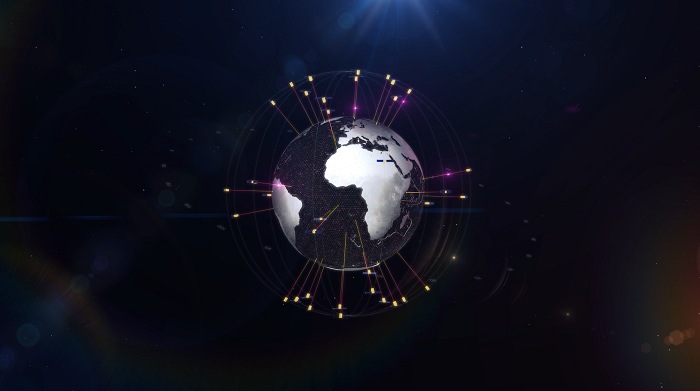
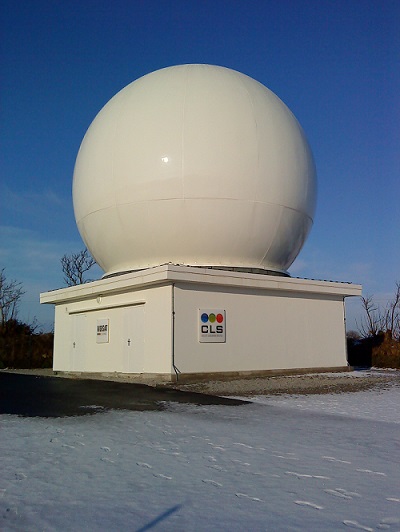 Ground stations allow us to access data in real time for certain activities. For instance, our VIGISAT network of high-resolution radar satellite stations, a network like no other in the world, supports unprecedented monitoring of activities across all of Europe. And with our three stations based in Brest, Toulouse and Greece, and our top-level analysts, we deliver first-class surveillance information on maritime activities to the European Maritime Safety Agency, for example.
Ground stations allow us to access data in real time for certain activities. For instance, our VIGISAT network of high-resolution radar satellite stations, a network like no other in the world, supports unprecedented monitoring of activities across all of Europe. And with our three stations based in Brest, Toulouse and Greece, and our top-level analysts, we deliver first-class surveillance information on maritime activities to the European Maritime Safety Agency, for example.
What kind of volumes of data are we talking about?
Some figures to give you an idea: Today, we archive more than 30 million messages and manage more than 150 products daily (locations, mean sea level, temperature, heading, speed, etc.), more than 100 processing chains are required to deliver our 1,200 services to our customers.
Multiply that by more than 30 years in business and that brings you to a data center that hosts nearly 2 petabytes of data.
In other words, we host the equivalent of more than 30,000 smartphones, or for those who store movies at home, the equivalent of 250,000 Full HD movies. In terms of computing power, we’re at nearly 500 teraflops, roughly equivalent to 30,000 laptops.
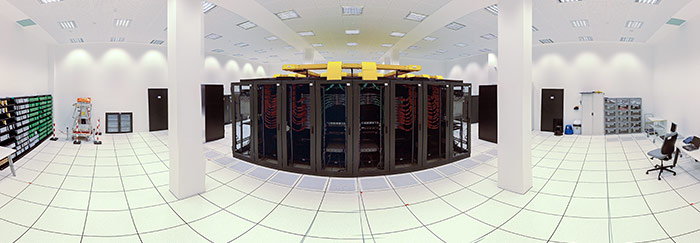
How is this data backed up?
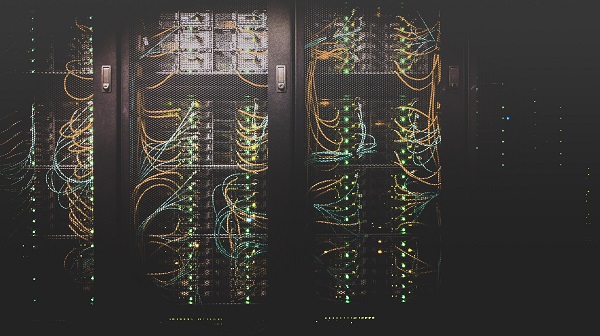 Just like almost everyone else… In fact, to ensure the security of their data, everyone has to duplicate it and save it on different media to anticipate a possible failure in one of their archiving systems. In technical terms, our centers are said to be “fully resilient”, in other words, our power supply and network links are fully redundant.
Just like almost everyone else… In fact, to ensure the security of their data, everyone has to duplicate it and save it on different media to anticipate a possible failure in one of their archiving systems. In technical terms, our centers are said to be “fully resilient”, in other words, our power supply and network links are fully redundant.
Our six data centers are thus replicated and we have a disaster-recovery system enabling us to back up our data whatever the situation (fire, attack, power failure, etc.). Several power supply systems allow us to switch from one to the other in the event of a failure. We are equipped with powerful generators that we test regularly.
Backing up data is also a daily task, checking that systems are working properly from end to end. We monitor our processing and archiving systems 24/7.
Our business is information-centric. We guarantee the traceability and integrity of data throughout its entire life cycle, from acquisition and calibration through to validation, distribution, archiving and on-demand retrieval. To this end, we perform more than 1,500 installation and maintenance operations on our systems every year.
What is the real danger facing data?
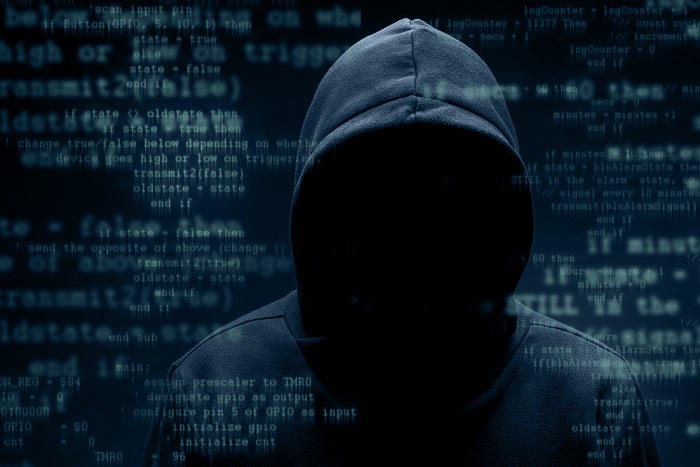
Silent agents, direct or indirect cyberattacks, online fraud (ransomware, malware)… the threats to our systems are numerous and increasingly sophisticated.
We’re seeing this today with the large number of attacks related to COVID-19. As well as attacking us physically and economically, COVID-19 is attacking us digitally!
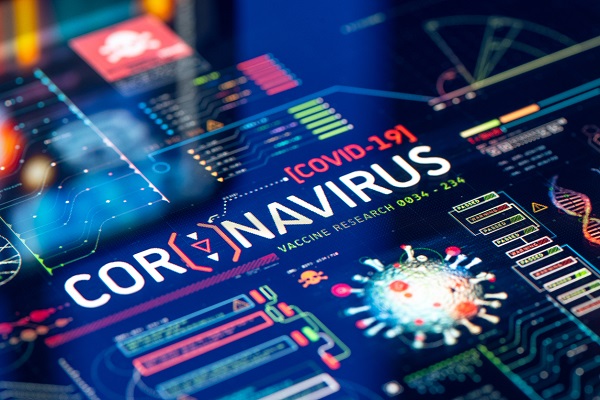
Cybercriminals are now posing as health agencies, taking advantage of the concerns surrounding the epidemic to get users to click on infected links. In this context, we have stepped up awareness-raising e-mail communications to our employees, to give them a refresher on best practices to adopt in the light of the increase in malicious operations.
All companies face increasing risks of physical, IT or financial attack, but this should not undermine our performance.
At CLS, cybersecurity is at the core of our corporate strategy. Our holistic approach to processes and our highly skilled teams enable us to anticipate, be resilient and ensure service continuity and data backup in all configurations. Last year we were the target of more than a hundred fierce attacks without any impact on our products and services.
We are prepared, but we have to be on the alert at all times and be innovative and rigorous, because cybercrime is more active and menacing than ever.

